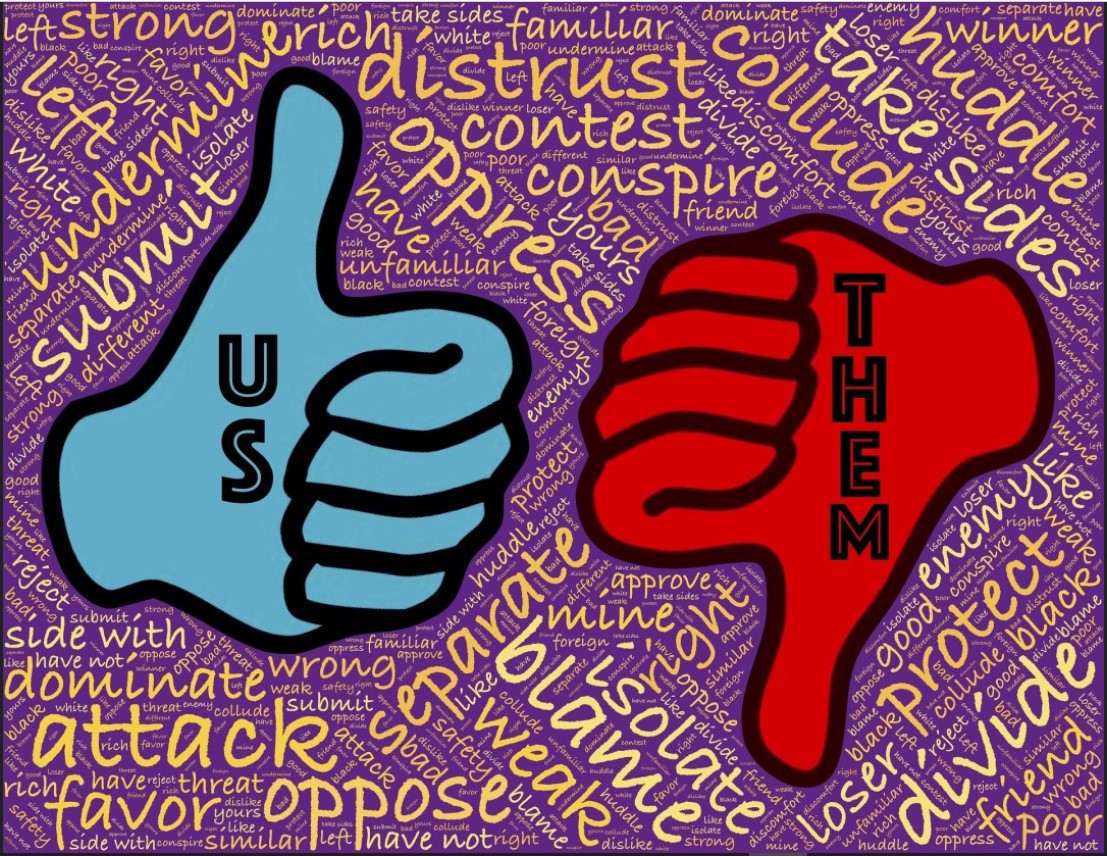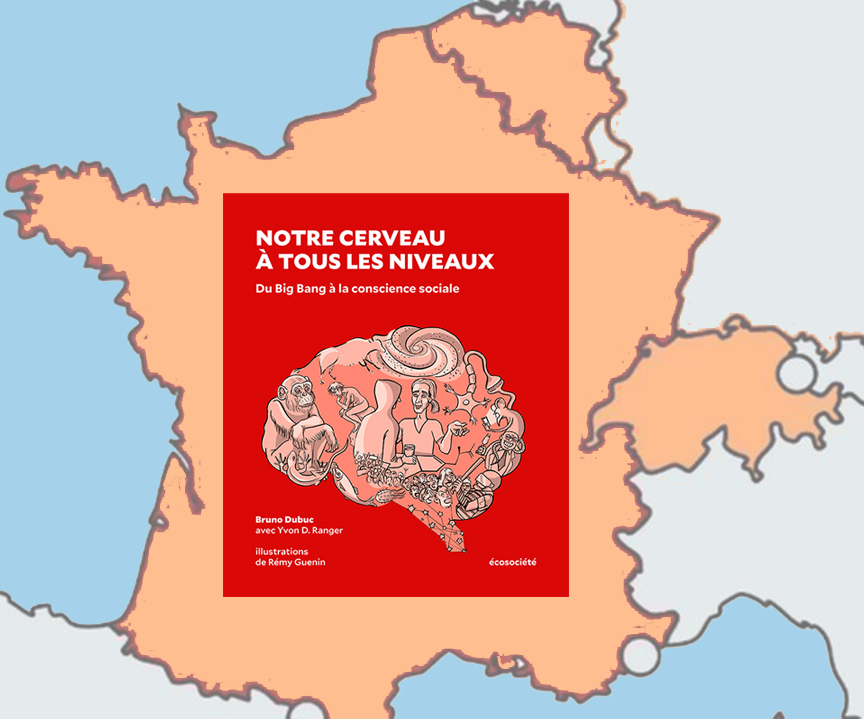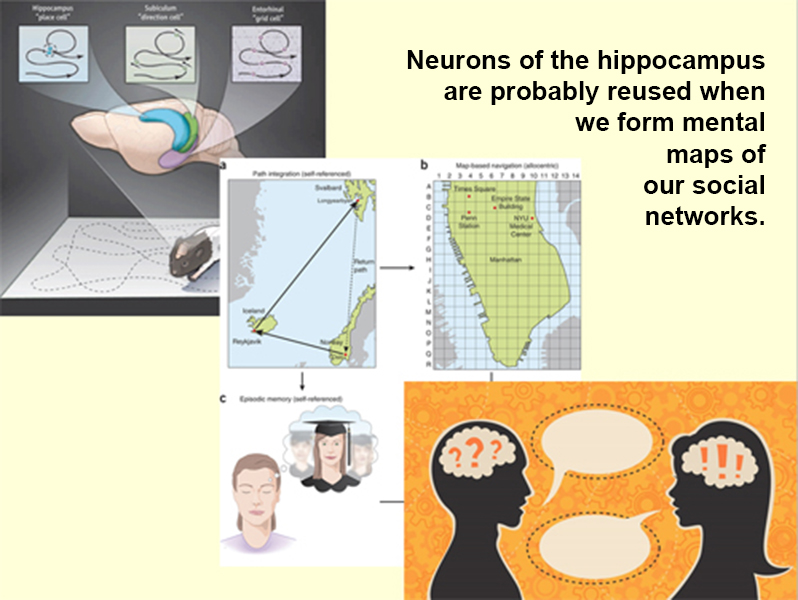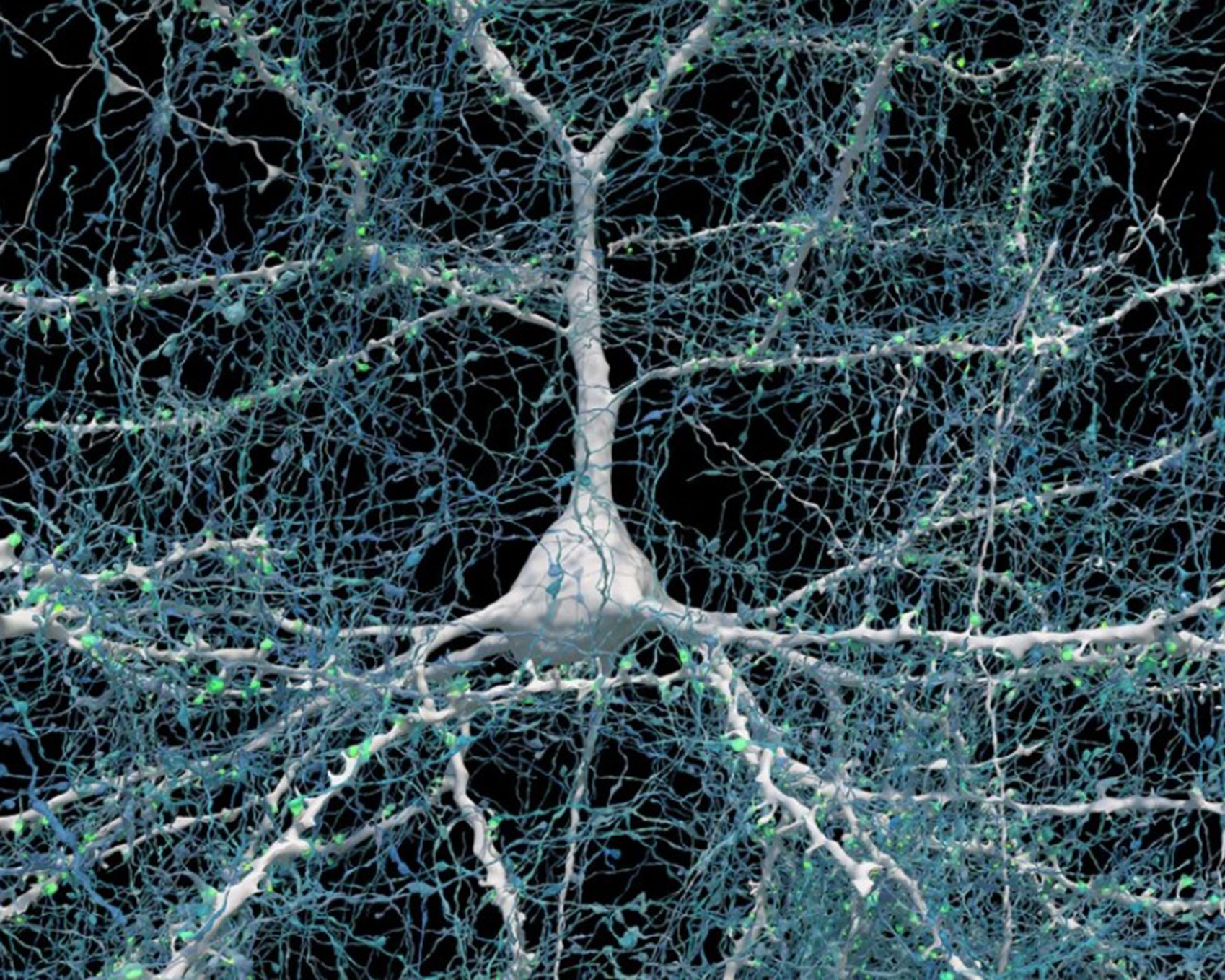Monday, 23 December 2024
Us versus them: between hope and hopelessness

Phenomena such as racism, sexism and ageism become more understandable in light of our strong biological tendency to divide the world into two groups: the one we belong to, and everyone else. In all primates, including humans, the sight of a stranger causes the brain to activate its “danger” pattern in less than a tenth of a second, especially if that stranger’s skin is a different colour from our own. As humans, we can use language to rationalize why any given group is inferior to our own, and we can attack its members in a wide variety of ways, ranging from verbal microaggression to genocide. The opposite is also true. As many studies on intra-group favoritism have shown, if you get into trouble while attending a sporting event and you’re wearing one of the competing team’s jerseys, that team’s fans are the ones most likely to help you. (more…)
From Thought to Language | Comments Closed
Wednesday, 27 November 2024
My book “Notre cerveau à tous les niveaux : Du Big Bang à la conscience sociale” has been launched in Québec and Europe

Back in January 2024, I posted here about one of the central concepts in the book that I was writing about the human brain, entitled Notre cerveau à tous les niveaux : Du Big Bang à la conscience sociale. On October 3, 2024, that book had its Quebec launch. And because my wonderful publisher, Écosociété, also distributes in Europe, as of October 25 you can buy this book in France, Belgium and Switzerland as well, either from bricks-and-mortar French-language bookstores or at the online bookstore Place des libraires.
Many of you have been visiting my website, The Brain From Top to Bottom, for over 20 years and reading my posts on the accompanying blog for the past 14. This new book represents the culmination of all my work over the past two decades, and I am truly thrilled to know that it is now available to readers in Quebec and Europe. (more…)
From the Simple to the Complex | Comments Closed
Tuesday, 29 October 2024
Neuronal recycling

The concept of neuronal recycling is based on the principle that the process of evolution never starts from zero, but instead always builds on whatever has come before. In this way, the brain can develop complex new functions far more efficiently than if it had had to create them from scratch. It would be surprising if the brain didn’t take advantage of this principle, and in fact, many neuroscience researchers have developed theories and models that are based on it. Thus, brain circuits that evolved earlier—sensorimotor circuits, for example—are thought to contribute to the development of new brain functions, such as language, while still preserving their original functions as well. (more…)
Evolution and the Brain | Comments Closed
Tuesday, 8 October 2024
The “forest troop” : a tale of baboons about our world ?
Primatologist Robert Sapolsky studied a troop of baboons in Kenya for many years. Around the mid-1980s, the dominant males in this troop began raiding a garbage dump near a tourist lodge, where they ate meat that was infected with tuberculosis and ended up killing them. Because the most aggressive males in the troop had thus been killed off, the troop as a whole became more peaceful. There was still a hierarchy, but it had become much less rigid. This new pattern persisted even 10 to 20 years later, when all of the males then in the troop had been born in different ones (male baboons leave their natal troops and join others once they reach reproductive age). These males born in other troops had no need to be so aggressive in this especially peaceful baboon culture (until then, ethologists had always described baboons as especially aggressive animals). I wonder what might happen if all of the most aggressive, dominant men running the world’s empires today were suddenly to die from, say, eating contaminated caviar. You may laugh, but this natural experiment with baboons raises many questions about the supposedly unavoidable aspects of human societies.
Emotions and the Brain, Mental Disorders | Comments Closed
Tuesday, 17 September 2024
Spectacular reconstructions of the neurons of the human cortex
The problem with scientific research is that it never stops. Recently, my friend Jean-Pierre, who keeps a close eye on new articles in major neuroscientific journals, let me know about a major paper just published in Science, about how electron microscopy is now being used to reconstruct neurons of the human cortex with unequalled precision. And since this research had been done by Jeff Lichtman’s team at Harvard, and I had already written a post about it in this blog back in 2014 , I figured that I had better write another post about it now, because the images of neurons that this team has succeeded in producing recently are truly spectacular. For example, the image above represents one neuron with 5600 axons (blue) making synaptic connections (green)). (more…)
From the Simple to the Complex | Comments Closed









